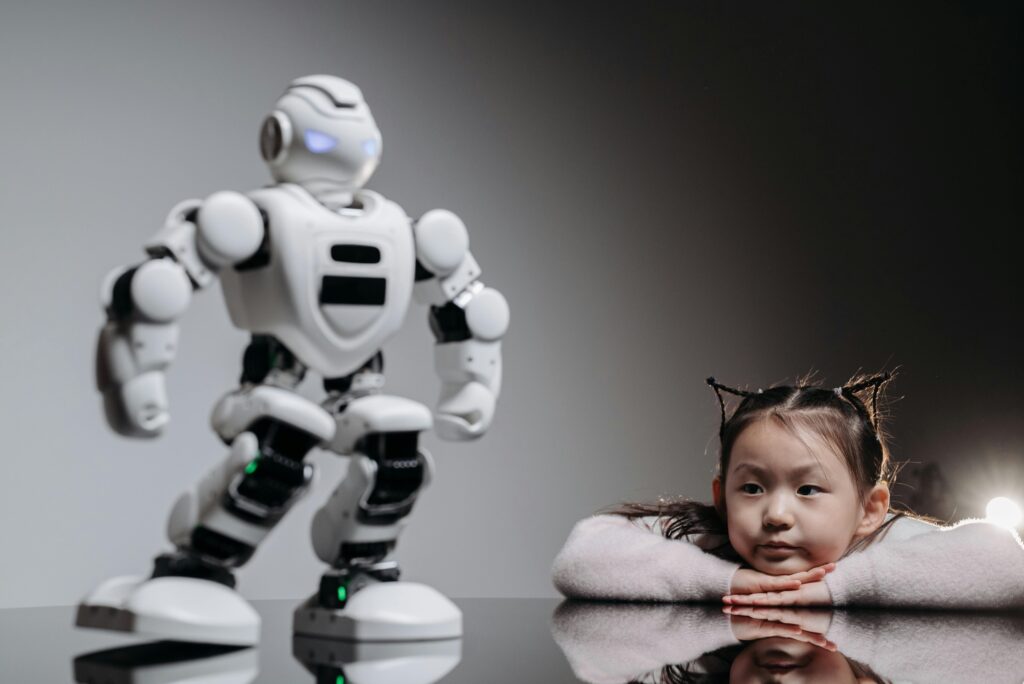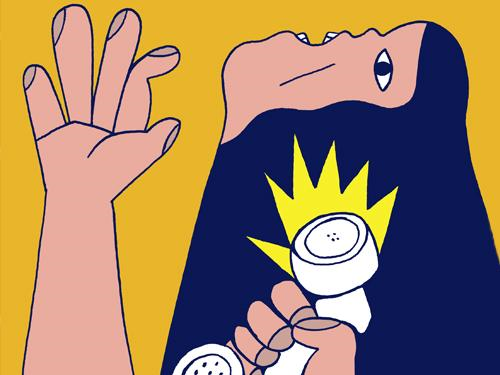AI & I: A Cautious Friendship with Boundaries
I never saw myself as a techie. Despite nearly 15 years in high-tech, my true interests lay in people—social intelligence, communication, and trust. When I transitioned into coaching and consulting, I leaned into these skills, guided by values of authenticity and integrity.
So, when the AI wave hit, I wasn’t an early adopter. I hesitated, reluctant to dive into “that stuff.” Ethics, overuse, and its impact on learning and critical thinking concerned me and still do to some extent. I still don’t see myself as an AI expert, but since mid-2024, ChatGPT has become my personal assistant.
Attending conferences last year and doing my usual readings, two key insights helped me shift perspective:
1️. AI is a tool, not a competitor. Human evolution has been shaped by tools, and while AI won’t replace us, those who master it will gain an edge. This sparked my entrepreneurial curiosity and helped trigger me into action.
2️. AI’s potential for neurodivergent individuals. As someone with dyslexia and dyscalculia, I see how AI can support neurodivergent thinkers—many of whom I coach. While the spectrum is broad, common strengths and struggles exist.
AI offers valuable support in spelling, structure, and organizing thoughts—common struggles for many of us. This aligns with the growing recognition that AI tools provide a stigma-free way to address these challenges, empowering people with dyslexia, ADHD, and OCD. As Hayley Brackley, a neurodiversity specialist, puts it, AI offers a “no shame, no stigma” way for neurodivergent individuals to seek help. You can read more about this in the BBC article here https://www.bbc.com/news/articles/c7223v5d8lgo
Richard Branson in turn highlights the complementary strengths of dyslexic thinking and AI. While AI excels at processing data, it lacks the creative and spontaneous abilities inherent in human cognition, such as innovation and complex problem-solving. Dyslexic individuals often possess exceptional skills in innovation, lateral thinking, complex problem-solving, and communication—abilities that AI cannot replicate. Branson emphasizes that combining AI’s capabilities with dyslexic thinking can lead to remarkable advancements. However, Branson stresses that workplace support for neurodivergent individuals still needs improvement. “Together, dyslexic thinkers and AI are an unstoppable force, so it’s great to see that 72% of dyslexics see AI tools (like ChatGPT) as a vital starting point for their projects and ideas – according to new research by Made By Dyslexia and Randstad Enterprise. With help from AI, dyslexics have limitless power to change the world, but we need everyone to welcome our dyslexic minds.” -Richard Branson
For more, read the full article here.
I use AI for tasks like spell-checking, structuring content -such as contracts ad agendas-, and identifying blind spots. I love to write and the sometimes slow process of putting thought to paper, but with a racing mind, structuring a complex message can be a struggle. Hence, I always ensure my initial ideas and critical thinking remain at the core of my work. AI can assist, but creativity should stay human-driven—and, in my opinion, doesn’t always need to be fast or efficient. If AI is meant to save time, we need to have a clear purpose for that time.
While my relationship with AI is still cautious, it’s evolving. It’s about using it as a tool with boundaries, ensuring it empowers rather than replaces.
And…. I still cannot help sneaking in a “please” in my prompts… What about you?



